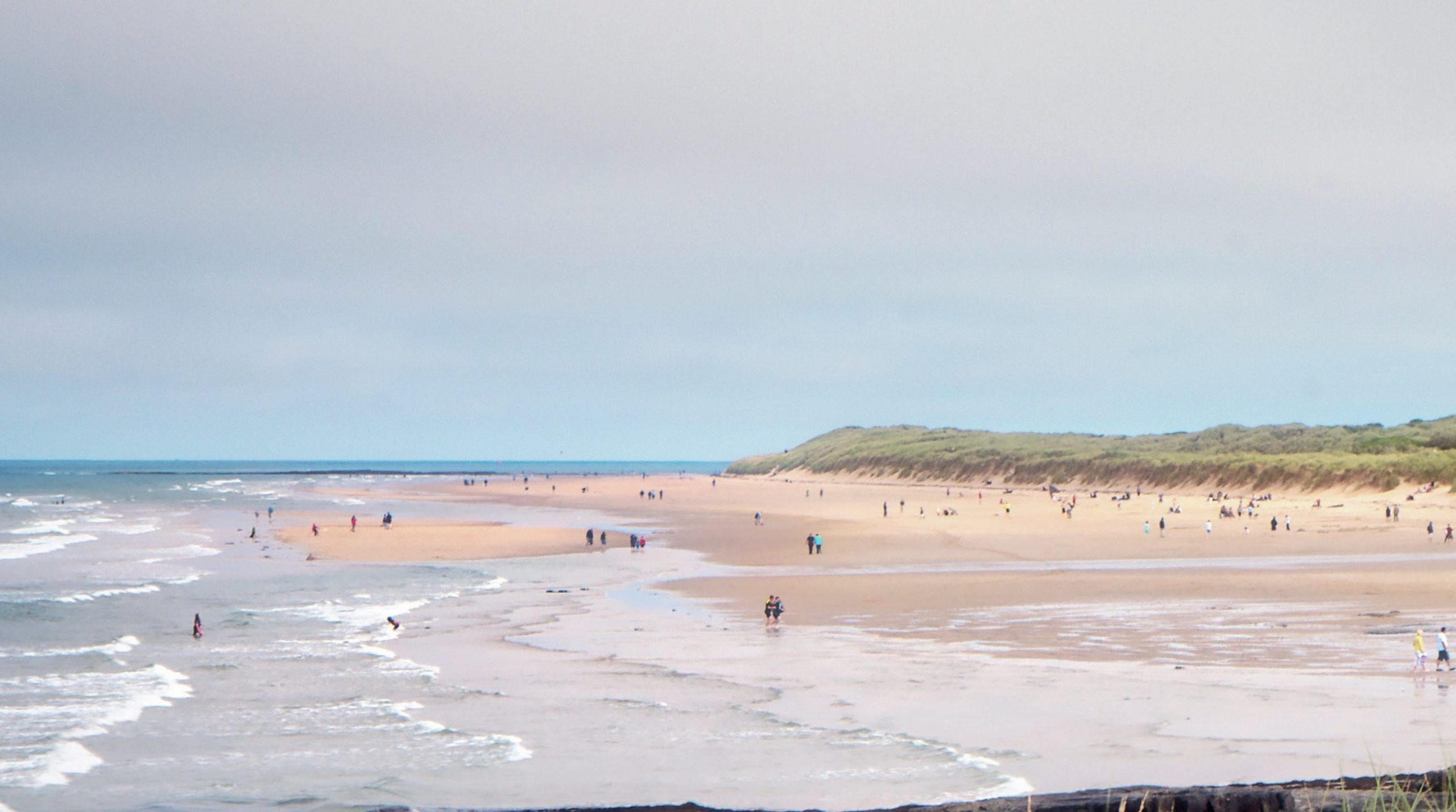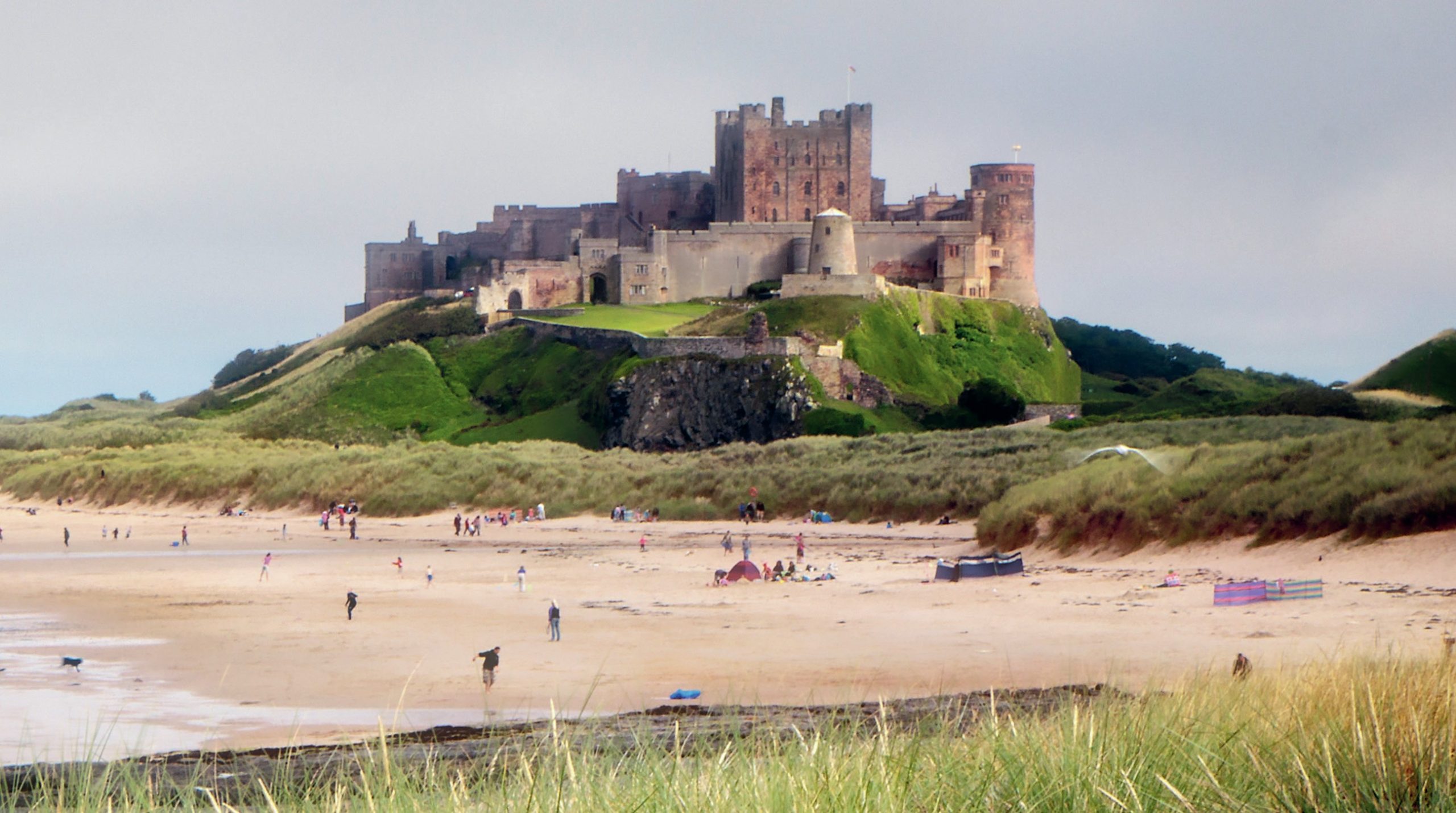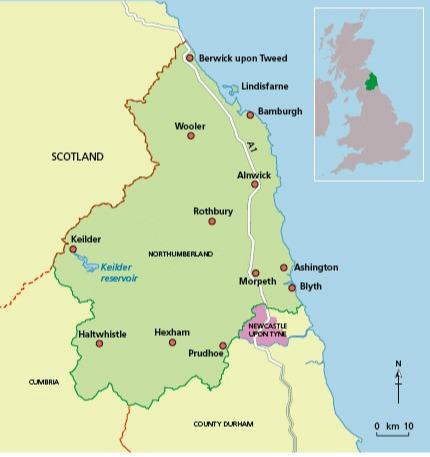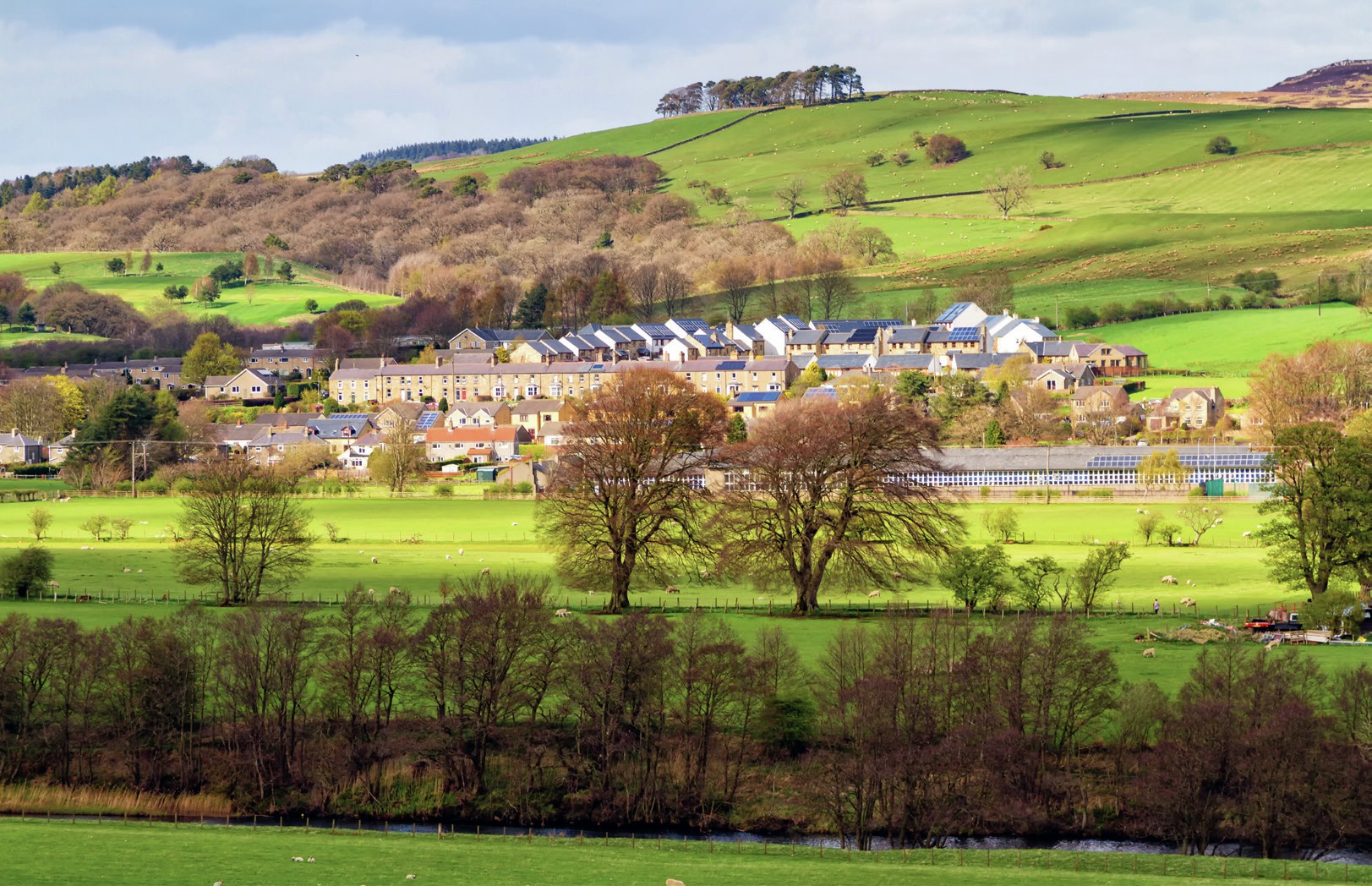case study
Decline in rural Northumberland
Challenges and opportunities
The UK has experienced significant changes to its economy and society during the last 50 years due to deindustrialisation and globalisation. This article looks at Northumberland, England’s most northern county, which is struggling to cope with the challenges of rural decline.

WideworldExtras
Go to www.hoddereducation.co.uk/wideworldextras for an activity sheet on this subject.
The UK’s economy has changed significantly over the last 50 years. In the past the economy was largely built on primary and secondary industries such as mining and manufacturing, however, globalisation and deindustrialisation have caused huge changes resulting in the decline of the manufacturing industry and the growth of the service and retail sectors. Research and development is also an area of significant economic growth with many science and business parks becoming successful.
Adapting to change
Rural areas have had to adapt to this change. Relying on agriculture is often not enough to sustain livelihoods, and many farmers have had to diversify to find supplementary ways of earning a living. Consequently, younger people are moving from rural to urban areas in search of alternative employment, education or a better social life. Farming is in decline and although some parts of the UK have been able to cope with this change, others, such as Northumberland, have found this more challenging.
Exploring rural Northumberland
Northumberland has a low population density of around 62 people per square kilometre and contains a mixture of old industrial and mining towns, and large areas of agricultural land, with both accessible and remote rural areas. In the past it was a rich agricultural landscape populated with busy local communities together with flourishing fishing ports, all connected by a thriving trade network.
In recent decades, however, a mixture of out-migration of younger people and in-migration of wealthier second-home owners or retirees has meant that the permanent resident populations of some towns and villages are declining. Younger people are moving away to nearby urban areas in search of better job prospects. Some people are moving in but often as second-home owners, which is driving up property prices for local people. It also means that significantly less money is spent in local communities, making it harder for locally run shops and services such as primary schools to stay open. Amenities such as village stores, post offices and bus services are closing as there aren’t enough year-round residents to support them.

Rising rural poverty
Rural poverty is now a real issue along with increased pressure on health and social services, and a growing concern around the mental health and loneliness of older people. Poor-quality broadband and mobile infrastructure is also a contributing factor. It is difficult to work remotely in areas with poor connectivity and this may drive younger populations away and discourage those wishing to set up online enterprises moving in. Northumberland might therefore be less attractive to people who choose or are required to work from home but might still need to go to their offices in urban centres from time to time.

Success in Alnwick
Alnwick, one of the larger market towns in Northumberland, is playing a key role in regenerating the region by encouraging tourists to the area. It has relatively good road links, and is within 10 km of the beautiful Northumbrian coastline. It also has a magnificent castle, built in the eleventh century to protect the English–Scottish border.
The iconic Alnwick Castle already attracts hundreds of thousands of visitors every year, boosted by its association with the Harry Potter films. Alnwick Garden, which was redeveloped and opened to the public in 2001, is also an important tourism enterprise, featuring light shows, water features, and an unusual Poison Garden.
In January 2020, a further £15 million of funding was announced for an additional attraction at the garden called the Lilidorei Play Village, a large elf-themed play structure consisting of wooden houses linked by walkways. It is hoped that this will create over 100 jobs in the build phase and will draw around 250,000 people all year round, and in doing so will boost the economy of the surrounding area by £68 million over 10 years.
Northumberland’s traditional coastal attractions bring visitors in the summer months and it is hoped that by investing further in key existing flagship attractions, jobs will be created and the number of visitors will increase throughout the year.

Transport improvements
An announcement in January 2021 to invest a further £6 billion into upgrading transport in the northeast will also help regenerate the county. These plans include new bus stations for Alnwick and Blyth, and improvements to the A1 and A19 roads. The Newcastle–Ashington railway line in the southern part of the county may also be reopened. If carried out, this scheme will create or sustain 100,000 jobs over the next 15 years and may encourage people who work in Newcastle to move further out.
Northumberland County Council has been awarded a £7.8 million government grant to boost digital connectivity in rural communities in 2021. Faster internet connections will be delivered to more than 270 public-sector buildings across Northumberland. Five rural schools in Northumberland have already gained connection to full-fibre internet and the aim is to have 18 more schools connected by early 2022. Improving this service is essential for communities in rural areas. Being able to access affordable, high-quality internet will help them maintain economic competitiveness and social inclusion.

Conclusion
Northumberland looks to be turning a corner. After several decades of decline, it has successfully halted its spiral downwards and begun to regenerate and attract new interest. However, this has not been achieved without significant financial investment and more will be needed to continue this trend. The Covid-19 pandemic may encourage more people to move to rural areas and this may help reverse rural decline. However, lack of existing attractions, transport networks or available funds may limit their potential to do so.
Exam practice
1 Discuss the impacts of deindustrialisation on rural areas in the UK. (9 marks)
2 Using an example, explain how rural decline can create both challenges and opportunities for areas in the UK. (9 marks)
Glossary
Deindustrialisation Decline of traditional industries, including mining and manufacturing.
Globalisation Ways in which the world is becoming increasingly interdependent through trade in goods, services, technology, and flows of investment, people and information.





